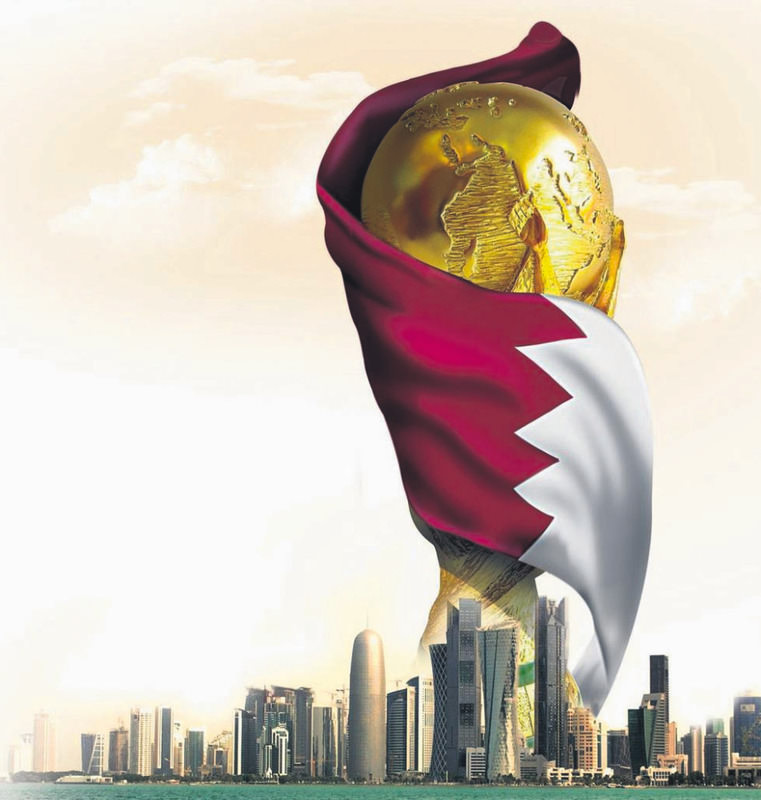The turf battle for Qatar's 2022 World Cup

Different turfs are being grown at a research and development center to find the best playing surface for the FIFA 2022 World Cup
Watching grass grow is not usually considered exciting, but there's currently a buzz of anticipation among Qatar's World Cup organizers about 12 different types of turf gently sprouting on former Doha farmland. If all goes well, one of these dozen grasses will eventually take center stage and become the most watched strips of green on the globe, at least for a 28-day period during the 2022 World Cup. The different turfs are being grown at a research and development center to find the best playing surface for the football World Cup in six years' time. "This is a unique facility, there's nothing like it in this region," said Yasser Abdulla Mulla, a sports turf manager with the Supreme Committee for Delivery and Legacy, the Qatari body responsible for organizing the World Cup. He said: "We are looking for the best type of grass that can survive the region and Doha. We are looking for the best of the best."The R & D center is located in Murakh to the western margins of the capital, Doha. Emphasizing Qatar's transformation, this was formally a place where dates were grown and locals brought their animals to drink at freshwater wells. Now it is a high-tech testing center built in the shadow of Khalifa International Stadium, which will host the World Athletics Championships in 2019 and World Cup games three years' later. All the grasses are flown in from abroad, usually the United States.They are transported as sprigs in 40-kilogram boxes, planted, watered and grown in full shade, partial shade or left completely uncovered, leaving the turf to the mercy of Qatar's harsh desert climate. The grasses are watered once a day and have been planted as a full pitch or in approximately meter-long squares, depending on what is being tested. They are examined not only for how they survive the weather - even though the 2022 World Cup is being played in November and December, temperatures can still reach the mid-20s - but also the turf's "playability" and aesthetics. The turfs are a selection of types such as Bermuda grass, commonly fast-growing and tough, Paspalum, found in sub-tropical regions, or tufted Ryegrass. Sand and organic materials are used for the grass base. The trials started last year and a final decision will be taken in 2017.The global sports turf market is big business and the names of the grasses being tested are kept secret for commercial reasons, except for one known cryptically as "Latitude 36." A U.S. market research company, Technavio, reported earlier this year that it expected the global sports turf market to be worth almost $3 billion (2.5 billion euros) by 2019.
